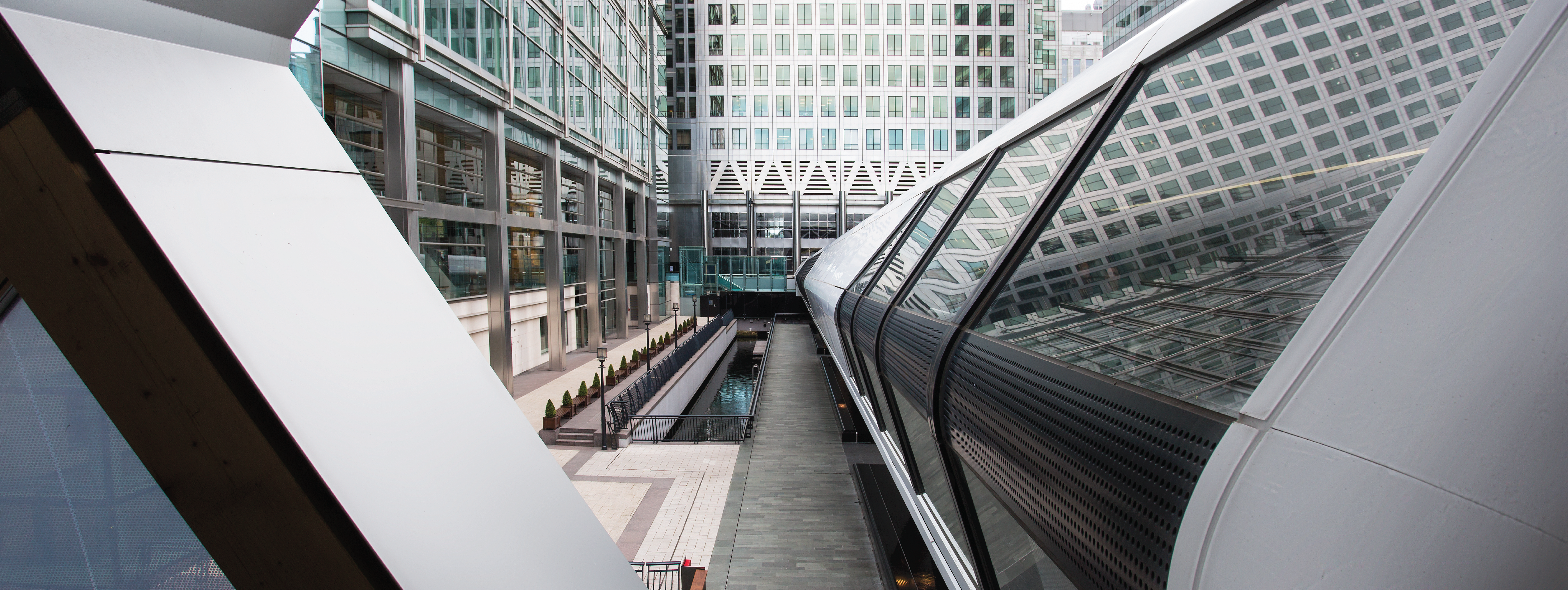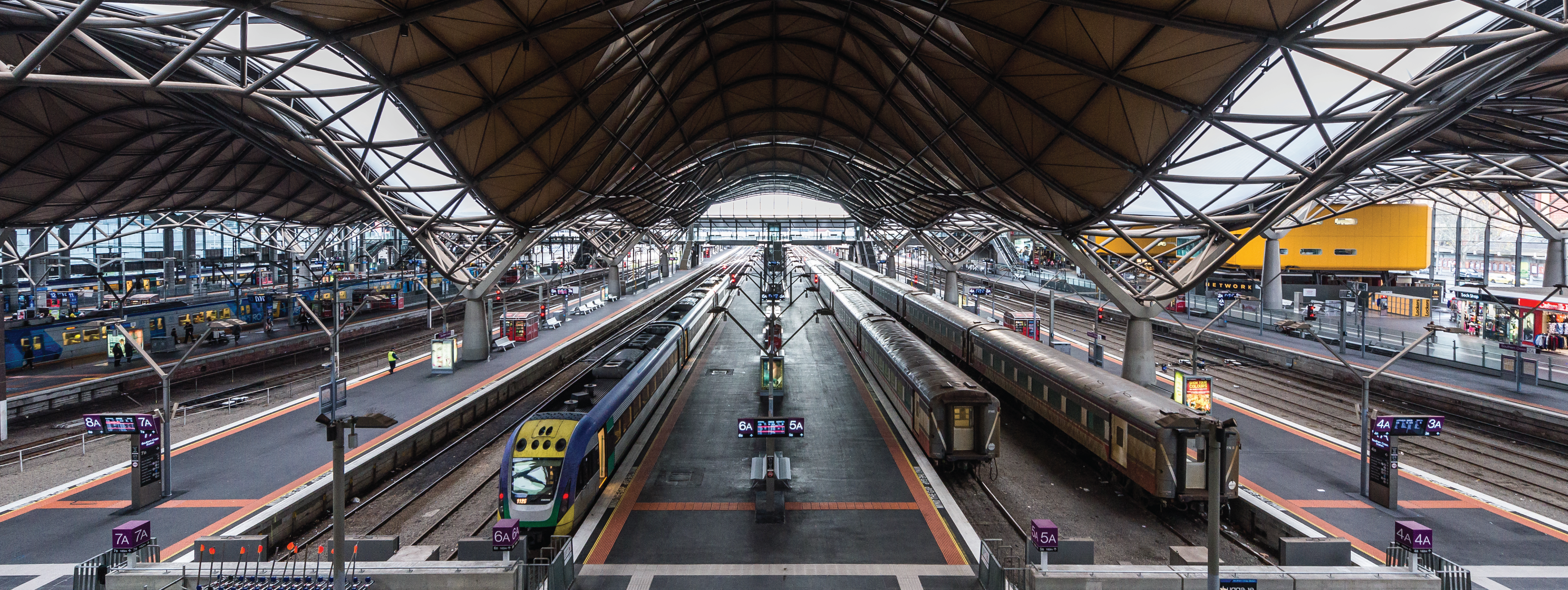The world's largest trade show focused on the rail transport industry, InnoTrans 2022, returned this year in Berlin. Our insights from this year's show address the challenges suppliers face and highlight how businesses are approaching the future of mobility.
Going Green
Clean propulsion: Clean propulsion has become the key focus for all segments of the industry traditionally based on fossil fuels, such as shunting, regional EMUs, and freight locomotives. A variety of solutions are in development, including hybrid, hydrogen, biofuels, and battery electric. The challenges will be building a compelling product portfolio for operators and providing an end-to-end operable solution with a competitive total cost of ownership.
Energy savings: Considering skyrocketing energy costs and the global imperative to cut carbon emissions, the rail industry displayed a diverse set of technologies that can achieve energy savings at Innotrans, such as lighter vehicle components, signaling that optimizes acceleration/deceleration, eco-efficient HVAC, and on-demand air supply for braking systems. While the solutions are already available, the challenge will be the speed of adoption for rail vehicle manufacturers and operators to reach emissions reduction targets.

System Upgrades
Full speed digital: The asset-heavy, rather physical-in-nature rail industry has gone into fully fledged digital mode: Both established and emerging technologies, such as signaling and train tracking solutions, energy consumption management, sensor-based condition monitoring, improved passenger information systems, automated processes, and data collection and analysis tools, to name a few, were front and center in extensively screen-based displays at the booths. To integrate these numerous, fragmented solutions into operational processes so as to realize all the benefits on offer is the main challenge that operators are facing.
Predictive maintenance going mainstream: Enablers of predictive maintenance (PM), such as sensor technology, machine learning, and cloud computing, have reached a high degree of maturity and cost-effectiveness. Component suppliers are leveraging this opportunity to offer a broad range of predictive maintenance solutions – from individual parts to entire subsystems and from failure forecasting to self-acting replenishment of spare parts stocks. The next big challenge is establishing maintenance data exchange standards – and seeing who will spearhead this.
New business models: New business models targeted at supporting stronger cooperation across the value chain are being deployed. Suppliers offering rail equipment through long-term subscription and leasing services aim to provide some cash relief to OEMs. The challenge will be for industrials to identify the winning model that will deliver the most long-term sustained value to the client and return for suppliers.

User Experience
Passenger journey experience: The post-COVID return to travel brings growing and innovative attention to the passenger journey. As ridership has increased, passenger systems have become the highest spend value-added component on and adjacent to the train – and the digital experience is a critical factor. The opportunities for operators to differentiate on customer experience and build loyalty and ridership have never been higher and will only continue to expand.
Sustained passenger rail demand: Rail operators shared positive feedback on demand rebound post-COVID, while observing a change in passenger mix of less business and more leisure. Still, this offers a positive outlook for rail industrials, which will benefit from sustained demand for rail travel. However, rising expectations from travelers and operators on comfort, modularity, efficiency, reliability, and costs will require continued efforts in innovation and optimization.
Regional focus: Regional transport benefited from a particular focus this year, attesting to the strong will of the industry to propel a shift to rail for short distances and commuting. Intermodality, with bicycle space and plugs for battery charging, new seat design to combine comfort and density, and a lot of interior innovation, such as in passenger information, were some of the highlights this year. The challenges for operators will be to communicate effectively and develop the right mobility service ecosystem that can provide an end-to-end seamless travel experience.
Laying the Tracks
Inflation challenge: Price surges are on every company leadership agenda – whether it is operators concerned by potential short-term threats to traffic demand or industrials that have to manage increased supply chain costs. These circumstances present an opportunity for the industry to define new pricing mechanisms that could protect industrials and operators from price volatility moving forward.
Talent war: The rail industry, like many other industries, is in a race for talent. The labor shortage presents a tremendous opportunity to grow a more diversified workforce with new skill sets to best serve the world's communities and drive innovation to address tomorrow's challenges.

